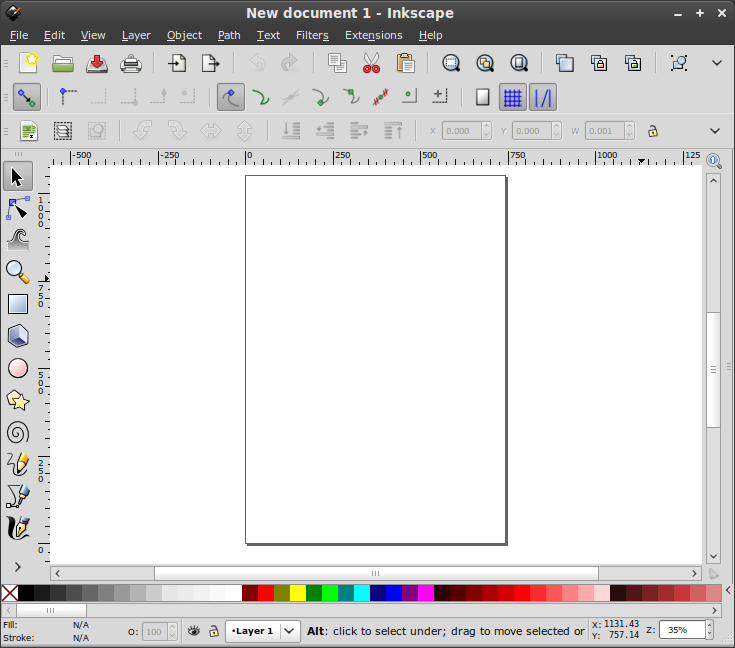

With that folder created, I then move all of my TTF and OTF files into the directory. This can be done with the command: mkdir ~/.fonts Do this is, I create a new hidden directory in ~/ called ~/.fonts. Both True Type Fonts (TTF) and Open Type Fonts (OTF) can be added. The first thing you must do is find fonts. First, let’s see how to add fonts on a per-user basis. Make the fonts available on a per-user basis.īecause my desktops never have other users (besides myself), I only ever work with fonts on a per-user basis. And since my early days of using Linux, I’ve always used the same process for adding fonts to my desktops.

Some might say I have a bit of an obsession. Adding new fontsįor the longest time, I have been a collector of fonts. Because there are so many desktop interfaces available for Linux (each of which deal with fonts in a different way), when a desktop environment becomes central to the management of fonts, I’ll be focusing primarily on GNOME and KDE. These tips will especially help those who undertake artistic endeavors on the open source platform. Here, I’ll share some of the tips I’ve depended on over the years to help extend my “font-ability” in Linux.

From selecting, adding, scaling, and adjusting, you can work with fonts fairly easily in Linux. But even though the rendering of fonts has yet to find perfection in Linux, one thing that the open source platform does well is allow users to easily manage their fonts. This is especially true when you’re staring at a screen all day. If you compare the look of the same fonts on Linux vs. That artistic endeavor depends upon a lot of pieces falling into place, including fonts.Īlthough font rendering has come a long way over the past few years, it continues to be an issue in Linux. And because I’m comfortable with tools like GIMP, I also create my own book covers (and do graphic design for a few clients). Parts list: 6061-T6 aluminum, brass Chicago screw, #8-32 screw, #6-32 screw (may need a divot filed into it), and a knurled #6-32 thumb screwĬut on a ShapeOko 3 using a Makita RT-0701 and 1/8" bits, feed 215mm/min., plunge rate 27mm/min., 0.2mm cutting depth.Not only do I write technical documentation, I write novels.

Hope things done on a ShapeOko 3 are okay:


 0 kommentar(er)
0 kommentar(er)
